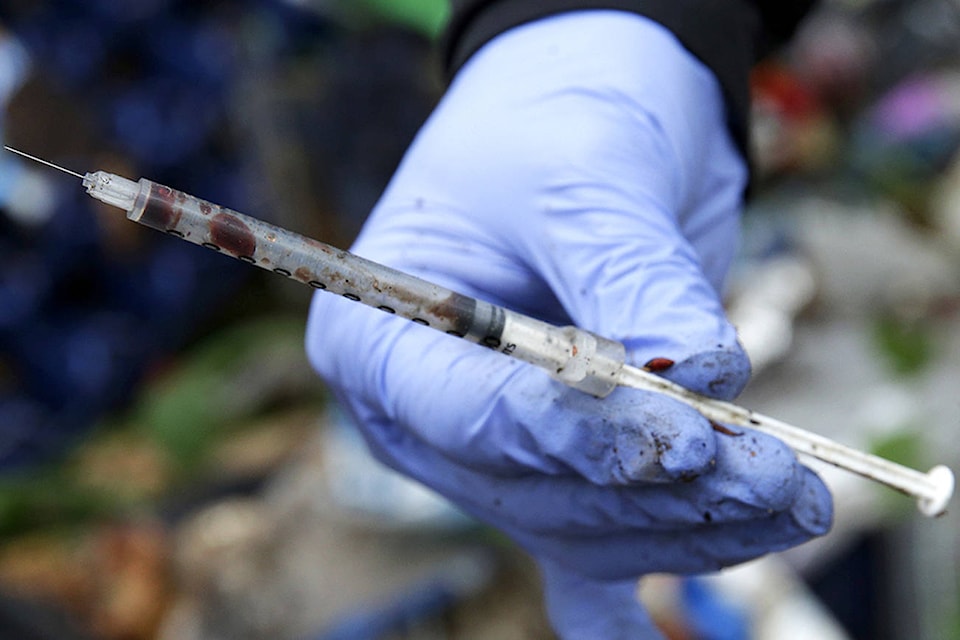It’s an alarming statistic.
Within Interior Health Authority communities, Vernon sits at No. 3 in terms of overdose related deaths, behind Kelowna and Kamloops.
Vernon has gone from one accidental overdose death in 2008 to 20 deaths in 2017. The city ranked 18th in provincial statistics.
“Since 2014 opioid deaths have overtaken motor vehicle incidents which used to be the most common form of accidental death,” said IHA medical health officer Dr. Karen Goodison, presenting her findings to Vernon council Monday.
“And it’s continuing to rise at an alarming level.”
Provincially, there has been a 42 per cent increase in overdose deaths from 2016 to 2017, a rise Goodison called “horrific.”
“We’re getting rates (in IHA) of 30 deaths per 100,000 people,” she said. “Motor vehicle incident rates are seven-to-nine.”
Fentanyl is the primary cause of the deaths.
In 2012, four per cent of all overdose deaths had fentanyl detected in the blood as a possible cause. Five years later, a full 81 per cent of IHA coroner examinations into overdose deaths revealed the presence of the drug.
“We see this primarily in people who use regularly and it doesn’t matter the rate of use,” said Goodison. “We’re not seeing as many deaths in those who are recreational or weekend users. And it comes from different types of consumption; smoking, inhaling or IV drug use.”
If you took fentanyl-related deaths out of the equation, said Goodison, there would not be a significant increase in overdose deaths.
The top drugs being found in overdose deaths are cocaine, amphetamines/meth-amphetamines and heroin, with fentanyl alongside each.
“What this implies, and what has been found when studying street drugs, is we are finding significant contamination of the drugs,” said Goodison. “Users might think they’re getting cocaine when, in fact, they’re getting cocaine laced with fentanyl.
“They think they’re getting amphetamines or meth-amphetamines and they end up getting mixed substances which include fentanyl, which is quite concerning because if these people are used to using what I’ll call an ‘upper’ drug like cocaine or amphetamines, they’ll have no tolerance for opioid drugs like fentanyl, and this can be deadly, even at low doses.”
The province has developed an overdose emergency response committee centred in Vancouver, and each health authority will have a regional response team. In Vernon, a team has already started working on ideas and solutions. It’s called HART - the Harm Reduction Team.
“This was the SHARPS Action Team but we morphed into the HART team,” said Annette Sharkey with Vernon’s Partners In Action. “We wanted to take a broader approach regarding the opioid crisis and harm reduction.”
Sharkey said the team will continue to problem solve around needles found in public spaces.”
Kelowna, Kamloops and Vernon have been identified by IHA as the top communities needing additional support for the opioid crisis.
“There is money teams can apply for to support the work they’re doing,” said Goodison.
To help with the opioid crisis, health authorities are providing naloxone take home kits – naloxone is an antidote for opioids. Kamloops and Kelowna also have supervised mobile consumption services.
